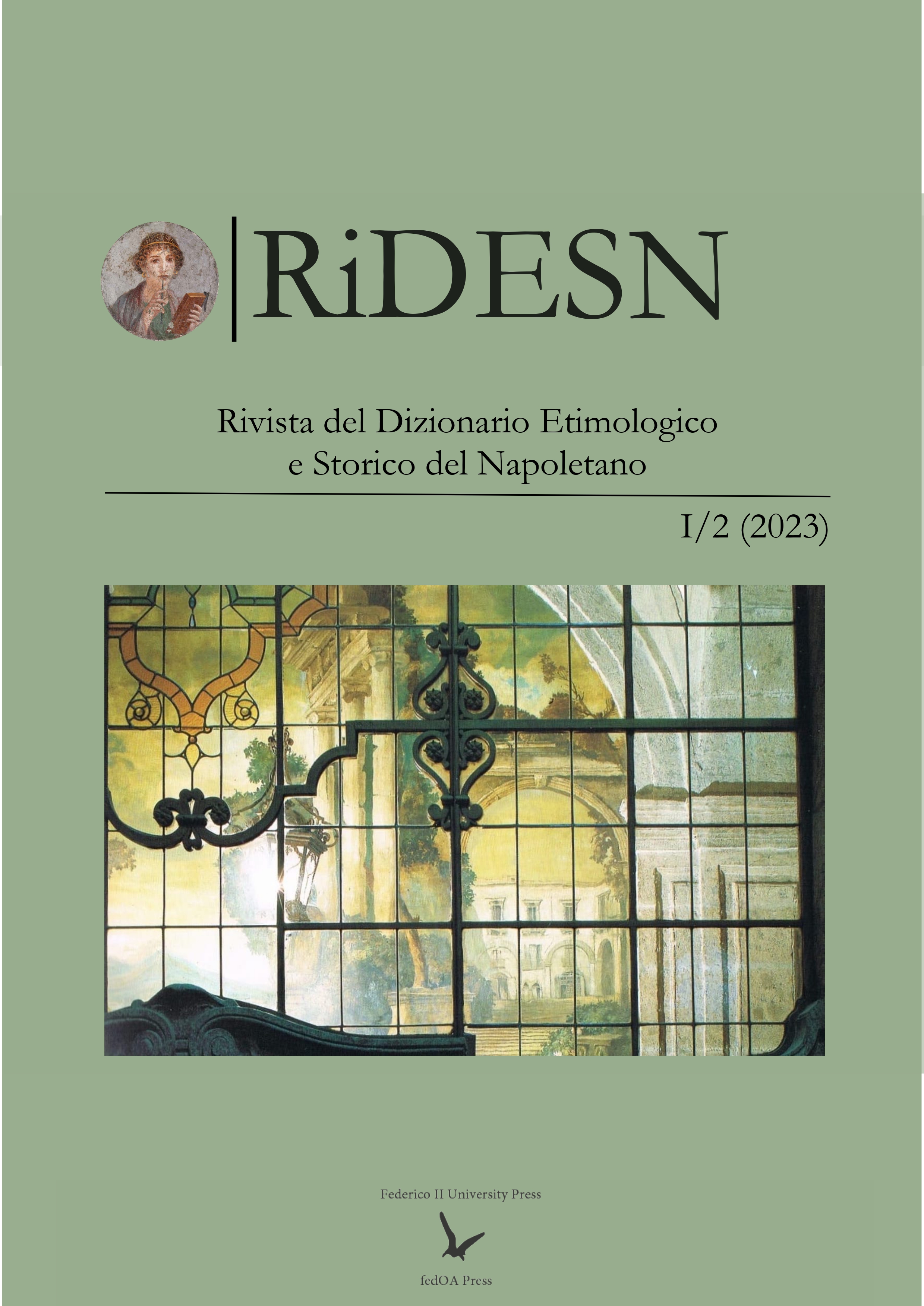'Strambe' e 'bisbetece': un’analisi stilistica dei 'Vierze' di Filippo Cammarano (1837)
Main Article Content
Abstract
Erede di uno dei più celebri Pulcinella del XVIII secolo, Giancola, Filippo Cammarano fu sin dall’infanzia un protagonista del mondo teatrale napoletano a cavallo tra due secoli, se è vero che licenziò la sua prima commedia all’età di appena dieci anni. Oltre all’importante funzione di innovatore del teatro, però, Cammarano fu anche autore di non poche poesie, come testimonia anche la pubblicazione, nel 1837, dei Vierze strambe, e bisbetece. Raccolta giocosa di un vecchio uomo di scena che ripercorre le maggiori tappe della sua carriera, i Vierze si compongono di una vasta gamma di forme metriche, come sonetti, seste rime, ottave, martelliani, fino ad arrivare a curiosi esperimenti come gli strammuottole, le quartine di decasillabi o i cosiddetti vierze a zompariello. Il contributo intende fornire un’analisi di questa tarda opera di Cammarano, coniugando note linguistiche relative al suo napoletano con l’indagine sulle strutture metriche strambe che quello stesso dialetto vivificano e regolano in maniera nuova.

